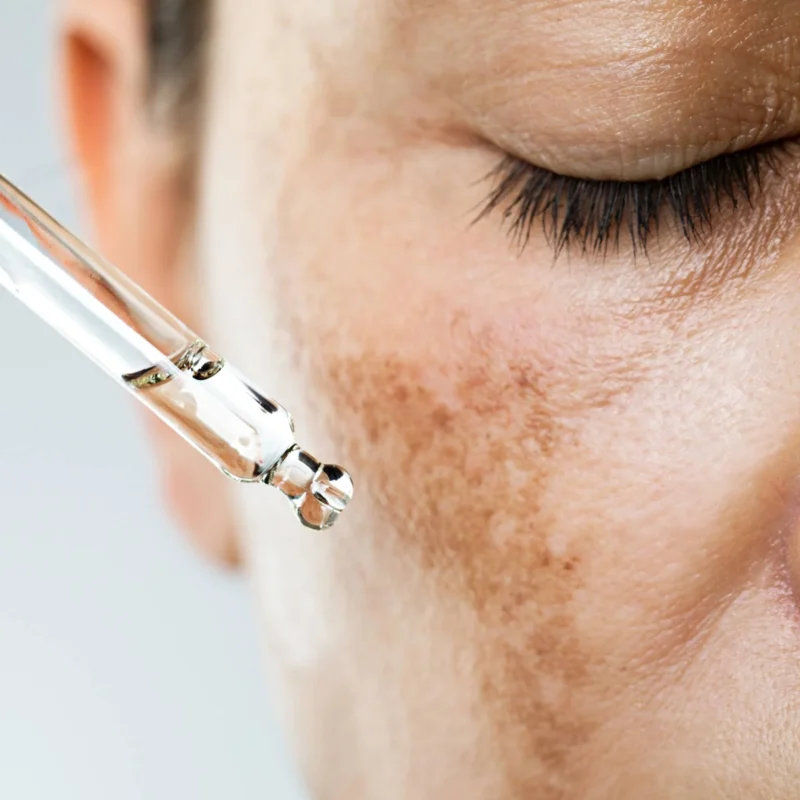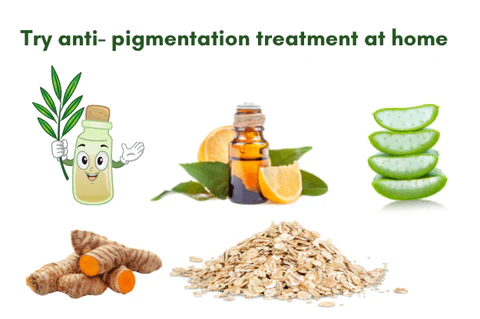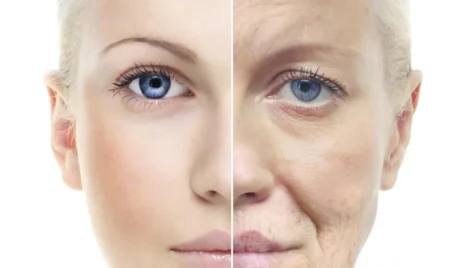Introduction
Hyperpigmentation and dark spots are common skin concerns affecting people of all ages and skin types. Whether caused by sun exposure, acne scars, or hormonal changes, these uneven patches can be frustrating to treat.
This comprehensive guide covers:
✔ What causes hyperpigmentation?
✔ Different types of dark spots
✔ Best treatments (medical, natural, and at-home remedies)
✔ Prevention tips for flawless skin
By the end, you’ll have a science-backed, actionable plan to fade dark spots and achieve an even skin tone.
What is Hyperpigmentation?

Hyperpigmentation occurs when melanin (skin pigment) is overproduced in certain areas, leading to dark patches, age spots, or melasma.
Types of Hyperpigmentation
| Type | Cause | Appearance | Common Areas |
|---|---|---|---|
| Sunspots (Solar Lentigines) | UV exposure | Brown/tan spots | Face, hands, chest |
| Post-Inflammatory Hyperpigmentation (PIH) | Acne, eczema, burns | Dark spots after inflammation | Face, body |
| Melasma | Hormones (pregnancy, birth control) | Symmetrical patches | Cheeks, forehead |
| Freckles (Ephelides) | Genetics + sun exposure | Small, scattered dots | Face, arms |
What Causes Dark Spots?

1. Sun Exposure (UV Damage)
- UV rays trigger melanin production (tanning response).
- Cumulative damage leads to sunspots and premature aging.
2. Hormonal Changes (Melasma)
- Pregnancy, birth control, or thyroid issues disrupt melanin regulation.
- Often appears as a “mask” on cheeks and forehead.
3. Inflammation & Skin Trauma (PIH)
- Acne, cuts, burns, or harsh skincare can leave dark marks.
- More common in darker skin tones (Fitzpatrick IV-VI).
4. Aging & Genetics
- Slower cell turnover leads to lingering pigmentation.
- Freckles and age spots are genetically influenced.
5. Medical Conditions & Medications
- Addison’s disease, PCOS, or certain antibiotics increase pigmentation.
How to Treat Hyperpigmentation: Best Solutions

1. Topical Treatments (Dermatologist-Approved)
A. Hydroquinone (2-4%)
- Gold standard for fading dark spots.
- Prescription-strength works best (avoid long-term use).
B. Vitamin C (L-Ascorbic Acid)
- Brightens skin + protects from free radicals.
- Best in 10-20% serums (e.g., SkinCeuticals C E Ferulic).
C. Retinoids (Retinol, Tretinoin)
- Speeds up cell turnover to fade spots.
- Start with 0.025% tretinoin (avoid if pregnant).
D. Alpha Arbutin & Kojic Acid
- Natural melanin inhibitors (gentler than hydroquinone).
- The Ordinary Alpha Arbutin 2% + HA is a cult favorite.
E. Azelaic Acid (15-20%)
- Reduces redness + pigmentation (great for acne-prone skin).
2. Professional Treatments
A. Chemical Peels (Glycolic, TCA, or Jessner Peels)
- Removes top layers of pigmented skin.
- Mandelic acid peels are best for sensitive skin.
B. Laser Therapy (IPL, Fraxel, Q-Switch)
- Targets melanin with focused light energy.
- Best for stubborn melasma or deep spots.
C. Microdermabrasion & Microneedling
- Boosts collagen + fades superficial spots.
3. Natural & DIY Remedies

A. Aloe Vera Gel
- Aloin compound lightens pigmentation.
- Apply fresh gel overnight.
B. Licorice Root Extract
- Glabridin inhibits melanin production.
- Found in brightening serums.
C. Green Tea Extract
- EGCG antioxidant reduces UV-induced pigmentation.
D. DIY Masks (Turmeric + Honey, Lemon Juice + Yogurt)
- Turmeric: Anti-inflammatory + brightening.
- Lemon (Citric Acid): Natural exfoliant (use cautiously).
⚠ Caution: Some natural remedies (like lemon) can cause irritation or photosensitivity. Always patch test!
How to Prevent Hyperpigmentation
1. Daily Sun Protection (Non-Negotiable!)
- SPF 30+ (broad-spectrum) – Reapply every 2 hours.
- Physical blockers (Zinc Oxide/Titanium Dioxide) for melasma.
2. Avoid Picking at Acne
- Picking = Higher PIH risk. Treat breakouts gently.
3. Use Antioxidant-Rich Skincare
- Vitamin C, Niacinamide, Ferulic Acid protect from oxidative stress.
4. Exfoliate Regularly (But Gently!)
- AHAs (Glycolic/Lactic Acid) 2-3x/week to prevent buildup.
5. Manage Hormonal Triggers
- Consult a doctor if melasma is hormone-related.
Best Products for Hyperpigmentation (2024)
| Product | Key Ingredient | Best For |
|---|---|---|
| Paula’s Choice 2% BHA Liquid Exfoliant | Salicylic Acid | Acne + PIH |
| The Ordinary Niacinamide 10% + Zinc | Niacinamide | Oil control + brightening |
| SkinCeuticals Discoloration Defense | Tranexamic Acid | Stubborn melasma |
| CeraVe Resurfacing Retinol Serum | Encapsulated Retinol | Sensitive skin |
| EltaMD UV Clear SPF 46 | Zinc Oxide + Niacinamide | Sun protection |
Myths About Dark Spot Removal
❌ “Lemon juice fades spots instantly.” → Can cause burns!
❌ “Dark skin doesn’t need sunscreen.” → All skin tones need SPF!
❌ “Hyperpigmentation is permanent.” → Most types fade with treatment.
Final Thoughts
Hyperpigmentation can be treated with the right approach:
✅ Consistent sun protection
✅ Science-backed actives (Vitamin C, retinoids, etc.)
✅ Professional treatments for stubborn cases
Patience is key—it takes 3-6 months to see significant fading.


